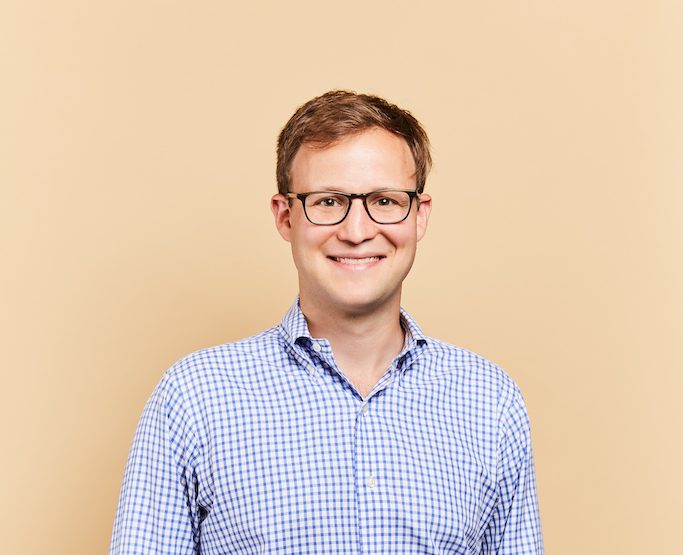‘There’s a healthy turn towards sustainable models’: $1 billion startup brand Grove Collaborative CEO Stuart Landesberg

In the past two years, Grove Collaborative has become one of the biggest companies in cleaning supplies, hitting a $1 billion valuation last September following a $150 million series D funding round. Like other modern brands, it comes with a do-good, purpose-based mission.
Having already implemented practices like having all facilities running on renewable power, Grove Collaborative is now committing to go plastic-free by 2025. “This timeline also forces it to be done on my and my team’s watch, unlike corporations that promise change down the line through a different CEO and management,” said CEO Stuart Landesberg.
The San Francisco-based subscription company sells natural home essentials and personal grooming products, by both third party companies and its in-house brand. Grove’s vendors include national brands such as Mrs. Meyer’s Clean Day, Method, Seventh Generation and Dr. Bronner’s, along with indie labels like Acure and Ora Organic. Since launching in 2016, the direct-t-consumer startup has been backed by Mayfield, General Atlantic and Glynn Capital, among other venture capital firms. After bringing in a revenue of $104 million in 2018, the company ventured into clean beauty with its own line of skincare and hair products.
We spoke with Landesberg about building a mission-first DTC company, reaching a wide range of customers and welcoming competition in the sustainable products category. This interview has been edited for clarity and length.
How do you foresee your 2025 goal impacting the business model in the coming years?
It sounds scary right? But if it was easy, it would’ve already been done. Putting a recycling logo on the bottle hasn’t worked. This plan involves not just going 100% plastic-free with products, but also going “plastic neutral.” The way we’re funding this offset is with a tax on ourselves for every product we sell. This is going to impact our model and our partners’ models by incentivizing us to innovate product packaging and reach the goal. We have the ability to change our business model to be better for people and the planet while growing.
You’ve been on a mission to diversify your own offerings too.
Because we’re mission-driven, it’s not about getting people to buy more of our own products. For example, our best selling item is a reusable dishcloth. For me, if we end up going out of business because consumers get so good at zero waste, that would accomplish the mission. Of course, we’d have to pivot our model if that happens. But at the end of the day, it’s very hard to get to a world where people stop using toilet paper. There will always be customers who prefer one brand over another, but we’re trying to change a decades-long habit of using single use plastic cleaning products.
From early on, you’ve been focused on spending marketing money in a variety of mediums. What does your marketing strategy look like currently?
We invested early on in a diverse mix of channels. We’re trying to pull people into a direction they’re already moving in, which is the case with sustainable, natural products. And because home essentials have a broad appeal, the marketing can work on TV, social, print or podcasts. You can tell the story of choosing good-for-your-home items in many ways, not just a pretty picture on social media.
Ad position: web_incontent_pos1
What are your biggest concerns now?
The business has continued to grow in the past six months, and we’ve seen growth with clean beauty since launching it in the fall. I’m betting on a change in consumer sentiment in the next 50 years, where people will care more about the ingredients in their products and the waste impact. I don’t see other brands as competitors, but as partners, because we’re all tugging at the same rope. This also includes innovation in the beauty category, which is challenging for small companies that don’t have resources for R&D to develop. I expect us to be one of several companies to lead change in the industry, and then great business will follow. The big players in this space have way more resources than we all collectively do, so we have to work together. The return on big bets and being ahead of the curve is real.
What are your thoughts on the DTC funding climate right now? Is there a bubble?
There’s a healthy turn towards long term business, sustainable models. I talk about building a Grove to be a 100-year company, which means you have to go through booms and recessions. While we’re not profitable today, I believe good companies are always able to raise money in down markets or up. But you have to create a value proposition that customers love, so if we stay focused on that we’ll be successful through good and bad times.

